Results 9,961 to 9,970 of 12091
Thread: Anandtech News
-
10-16-19, 01:35 PM #9961
Anandtech: The Apple iPhone 11, 11 Pro & 11 Pro Max Review: Performance, Battery, & C
It’s been a little over a year since our review of the iPhone XS and XS Max, and it’s that time of the year to investigate Apple’s latest and greatest: the iPhone 11 family. This time around Apple was able to launch all three phones, the iPhone 11, iPhone 11 Pro, and iPhone 11 Pro Max simultaneously, and we’ve gotten our hands on all of them. We’ll be running them through our extensive testing marathon, again hopefully revealing more about how Apple’s newest hardware improvements change the product experience.
This year we’re not seeing major changes how Apple is slicing up their market segments among the phone models, though we are seeing bit of a name change for the new phones. The iPhone 11 is the direct successor to the iPhone XR: The new phone largely remains similar to its predecessor in terms of externals, although we’re seeing the newest internal hardware as well as adoption of two of the three new cameras in the series.
The iPhone 11 Pro and the iPhone 11 Pro Max succeed the iPhone XS and iPhone XS Max. Here again, we’re not seeing too major of changes in the design, although the backs of the phones differ more significantly to the regular iPhone 11. These are also the first devices that employ Apple’s new full triple-camera system, utilizing a new generation main camera sensor, the well-known telephoto module, and Apple’s first ultra-wide-angle module, matching a significant feature set that’s been prevalent in many 2019 flagship smartphones.
Alongside the usual yearly SoC upgrade and the new generation A13, a big area Apple has improved the hardware design this year is in terms of battery capacities and screen efficiency, with the 11 Pro and 11 Pro Max particularly benefiting from some remarkable changes here.
More...
-
10-16-19, 05:21 PM #9962
Anandtech: EUV Demand is Up: EUV Device Manufacturer ASML Beats Sales Estimates
Between the smartphone revolution, cloud computing, and the Internet of Things, the demand for cutting-edge chips has never been higher. And if you have any doubts about that, then one only needs to look at the record-breaking sales of the equipment used to fab those chips. ASML, the leader in the field for photolithography, announced this week its financial results for the third quarter, revealing that its sales, profits, and net bookings all topped expectations, as the company received orders for 23 extreme ultraviolet lithography (EUVL) tools.
ASML’s revenues in Q3 2019 totaled €2.987 billion ($3.3 billion), with a net income of €627 million ($692.7 million). During the quarter, ASML sold 45 DUV and seven EUV lithography systems, as well as five used lithography systems. In total, the company sold 136 step-and-scan tools this year so far, of which 18 were EUV tools. In Q4, the company intends to ship eight EUV step-and-scan systems, bringing the total for 2019 to 30 EUV systems.
ASML’s biggest bump in the third quarter came from a total of 23 orders for Twinscan NXE EUV systems from various customers. Combined with other bookings, ASML’s net bookings totaled €5.111 billion in Q3, the company’s highest ever for a single quarter. It is particularly noteworthy that ASML reaffirmed that it expects its EUV tools to be adopted by both logic makers (i.e., CPUs, GPUs, etc.) and memory manufacturers.
As of July 2018, there were 31 EUV scanners installed at various fabs across the world, including several machines in various semiconductor research organizations. With 10 systems sold in H2 2018 and 18 EUV scanners installed this year, the number of EUV lithography tools used in the world is approaching 60 units. Of course, the number is considerably behind the number of DUV step-and-scan systems used nowadays, but it is clear that extreme ultraviolet lithography is gradually getting more widespread, and that demand is continuing to increase.
Officially, only TSMC and Samsung Foundry use ASML’s Twinscan NXE scanners to make chips using their N7+ and 7LPP manufacturing technologies. Both contract makers of semiconductors will expand their usage of EUV tools as they adopt new fabrication processes. Furthermore, Intel will use EUVL for its 7 nm technology that will be deployed across multiple fabs through 2021. Furthermore, companies like Samsung and SK Hynix are mulling the use of EUVL for DRAM production.
Here is what Peter Wennink, CEO of ASML, had to say:
“For the remainder of the year, we expect Logic to continue to be strong, driven by the leading-edge nodes supporting end-market technology and applications such as 5G and artificial intelligence. The timing of Memory recovery remains uncertain. We continue to make solid progress in EUV. Customers have introduced their first EUV manufactured devices and we have seen EUV mentioned in product announcements. In the third quarter, we shipped seven EUV systems, three of which were NXE:3400C, our higher productivity model. We received 23 EUV orders in the third quarter which contributes to our highest ever value of bookings in one quarter. This strong order flow confirms the adoption of EUV in high volume manufacturing for Logic and Memory. Our overall view for 2019 is essentially unchanged as we continue to see 2019 as a growth year.”Related Reading:
- ASML to Ship 30 EUV Scanners in 2019: Faster EUV Tools Coming
- Samsung’s Aggressive EUV Plans: 6nm Production in H2, 5nm & 4nm On Track
- TSMC: 3nm EUV Development Progress Going Well, Early Customers Engaged
- Micron’s DRAM Update: More Capacity, Four More 10nm-Class Nodes, EUV, 64 GB DIMMs
- Samsung Completes Development of 5nm EUV Process Technology
Source: ASML
More...
-
10-16-19, 05:21 PM #9963
Anandtech: Razer Unveils Optical Laptop Keyboard
Razer has introduced the industry’s first notebook keyboard based on optical switches. The low-profile keyboard promises tactile feedback of mechanical switches as well as near instant actuation required by gamers. The keyboard will first be used by Razer’s Blade 15 Advanced notebook with more models coming in 2020.
Razer’s new optical laptop switch uses an infrared light beam to detect when a key is pressed. According to the developer, the actuation point of its switch is one millimeter, which allows gamers to input more commands in less time. Meanwhile, the switch features mechanical tactile click to provide a more comfortable typing experience than membrane keyboards.
In addition to the new switches, Razer’s new noebook keyboard supports N-Key Rollover with anti-ghosting as well as Chroma RGB lighting in every keycap.
The first Razer laptop to use the company’s optical keyboard is the Blade 15 Advanced that costs $2,649. As the name suggests, the notebook is equipped with a 15.6-inch display featuring a Full-HD resolution and a 240 Hz refresh rate. The laptop is based on Intel’s six-core Core i7-9750H that is accompanied by NVIDIA’s GeForce RTX 2070 with a Max-Q design, 16 GB of dual-channel DDR4-2667, and a 512 GB PCIe 3.0 x4 SSD.
The mobile PC is equipped with Intel’s Wireless-AX200 Wi-Fi 6 + Bluetooth 5 adapter, one Thunderbolt 3 port, one USB 3.1 Gen 2 connector, two USB 3.1 Gen 2 port, two display outputs (a mini DisplayPort and an HDMI), and a 3.5-mm audio jack. Just like other modern laptops, the Razer Blade 15 also has a webcam, a microphone array, and stereo speakers.
Related Reading- Azio’s Iris Keyboard: When Style Meets Comfort
- Corsair Announces K83 Wireless Entertainment Keyboard for HTPCs: Keyboard Meets Joystick
- The i-Rocks Pilot K70E Capacitive Gaming Keyboard Review: Our First Capacitive Keyboard
- Xiaomi Unveils Its First Mechanical Keyboard with Configurable RGB Backlighting
- ROCCAT Launches Horde AIMO: "Membranical" keyboard
Source: Razer
More...
-
10-17-19, 08:38 AM #9964
Anandtech: Philips Reveals 346B1C 34-Inch 100 Hz Curved UltraWide Monitor with USB-C
Philips has introduced its new 346B1C ultrawide curved monitor, which is designed for business and professional users looking for a large display offering USB Type-C docking. The Philips 346B1 is one of the industry’s first productivity-focused curved displays that features a 21:9 aspect ratio, as well as a 100 Hz maximum refresh rate, a built-in Gigabit Ethernet, and even VESA Adaptive Sync (i.e. Freesync).
The Philips 346B1C is powered by a 34-inch VA panel with a 3440×1440 resolution, 300 nits brightness, a 3000:1 contrast ratio, a 5 ms GtG response time, a 100 Hz maximum refresh rate, and 178°/178° viewing angles. While the LCD was designed primarily with productivity applications in mind and can display 16.7 million colors, it does cover 119% of the sRGB, 90% of the Adobe RGB, as well as 100% of the NTSC color spaces. Furthermore, the monitor is factory calibrated with a Delta
-
10-17-19, 07:51 PM #9965
Anandtech: Dynabook Updates Support Policies, Now Offers 3 & 4 Year Warranties For So
Back in the day, virtually all PCs came standard with a three-year warranty with some makers offering to extend it to five years. Due to cut-throat competition on the PC market, manufacturers started to cut down their costs and long warranties were among the first things to go.
While most laptops shipped today come with relatively short one or two year warrantees, there is continuing pressure on notebook makers both to support their devices for longer, as well as to take steps to differentiate themselves in a very crowded market. As a result, we're finally starting to see longer warrantees become more common – at least on higher-end models. To that end, in a bid to improve their competitive position, this week Dynabook has announced that it will offer standard three and four year warrantees for select notebooks.
From now on, Dynabook Americas (formerly Toshiba America Client Solutions) will offer its three-year +Care Service warranty with select ‘featured configuration’ notebooks, as well as four-year +Care Service warranty with select built-to-order laptops. The new warranties will cover the recently introduced Portégé X30-F, Portégé A30-E, Tecra X40-F, Tecra X50-F, and Tecra A50-EC. If one of the said machines fails, customers will have four repair options: an on-site service for SOHO or corporate clients, an international carry-in service, a depot service center, or a customer replaceable part sent to the owner.
It is important to note that the three- and four-year warranties will only be available with select ‘featured’ and BTO configurations. So while Dynabook is offering longer warrantees on some laptops, their 'base' warranty remains at one-year for everything else. Nonetheless, it is good to see that that a PC maker now offers a long warranty with no extra charge in the US.Dynabook Warranties Standard Warranty +Care Service Standard Warranty Featured Configuration +Care Service Standard Warranty BTO Configuration Warranty Term 1 Year 3 Year 4 Year Technical Phone Support 1 Year 3 Year 4 Year Customer Replaceable Parts + + + Depot Service Center + + + International Carry-In Service + + + On-Site Service (Corp. or Home Office) - + +
Related Reading:
- Dynaboook Reveals Tecra X50: A Lightweight 15.6-Inch Laptop with a 10+ Hrs Battery Life
- The Return of the Portégé: Dynabook Launches 2019 Portégé X30
- Toshiba's PC Products Rebranded to Dynabook
- Dynabook Shows Off New G-Series Laptops: Under 2 Pound Ultrabook With 19 Hour Battery Life
Source: Dynabook
More...
-
10-18-19, 10:16 AM #9966
Anandtech: TSMC Radically Boosts CapEx to Expand Production Capacities, To Reach $14B
Forecasting strong demand for its 5 nm and 7 nm class process technologies in the coming years, TSMC has announced that it's increasing its capital expenditure for 2019 by a whopping 36% - 40% over its earlier plans. The lion’s share of the additional money will be spent on the equipment that will be used to make 5 nm chips.
TSMC expected its 2019 CapEx to be between $10 billion and $11 billion early this year (in line with $10.5 billion in 2018), but increased demand for chips to be made using one of its 7 nm-class nodes (N7, N7P, N7+, N6) and projected demand for 5 nm semiconductors made the foundry change its mind. At its conference call with analysts and investors this week, TSMC said that it had decided to raise its 2019 CapEx by $4 billion to increase production capacities available to its customers. The company now expects its capital expenditure for the full year to be between $14 billion and $15 billion. Furthermore, TSMC upped its CapEx forecast for 2020 and expects it to be similar to the revised CapEx for this year.
According to TSMC, $1.5 billion of the $4 billion will be spent to increase its 7 nm capacity, whereas $2.5 billion will be used to increase 5 nm capacity. The company did not disclose what kind of equipment it intends to buy, but in the light of the fact that its 5 nm technology will heavily use extreme ultraviolet lithography (EUVL) on up to 14 layers, and the fact that both N7+ and N6 also use EUVL on up to four and five layers respectively, it is safe to say that some of the money will be spent on ASML’s latest Twinscan NXE step-and-scan systems.
From a chip designer’s perspective, TSMC’s N5 looks extremely attractive compared to N7, as it offers an up to 1.84x higher transistor density (i.e., enables to shrink die size of a given chip by up to ~45.6%), a 15% performance increase (at the same complexity and power) or an up to 20% power reduction (at the same frequency and complexity). TSMC’s N7+ also looks quite good (compared to N7) with its 1.15 – 1.20x higher transistor density and around 10% lower power consumption.
TSMC considers both 5 nm and 7 nm to be ‘long’ nodes, which means they will be used for years to come by tens of its customers, and is why it needs additional capacities to meet demand. Meanwhile, the first fabs to make chips using EUVL on multiple layers are already in place: TSMC’s Fab 15 is producing SoCs using N7+, whereas TSMC’s Fab 18 (the first phase of equipment move-in was completed in March 2019) is ready to start making commercial N5 chips sometimes in Q2 2020. Otherwise, it's important to note is that lead times of fab investments are on the scale of quarters; so while the money are formally spent in Q4, the actual production capacities will come online only sometimes in 2020.
Demand for advanced process technologies (16 nm and below by TSMC’s definition) is very high in general these days. According to TSMC, SoCs for smartphones, HPC, and IoT applications accounted for a whopping 87% of its revenue in the third quarter. All of these SoCs these days demand a high transistor density, decent frequencies, and the lowest power consumption possible, which is why chip designers tend to use technologies with FinFET transistors and various enhancements that maximize performance, improve power savings, and/or increase transistor density (which allows customers to cut costs by making smaller chips or pack more features into a chip of a regular size and increase their value).
Advanced technologies accounted for a 51% of TSMC’s $9.4 billion wafer revenue in Q3 2019. From wafer revenue perspective, various 7 nm technologies brought TSMC 27% of its revenue last quarter, the highest share of all nodes. That said, it is not surprising that the company is increasing CapEx to meet demand for its leading-edge process technologies.
Here is what Wendell Huang, CFO of TSMC, had to say:
In TSMC, we build capacity according to our customer's demand. To forecast such demand, we take into consideration not only from each individual customer's indication, but also our own forecast based on macro as well as market segment outlook. Given the stronger outlook for 5G deployment next year, the demand for our 7-nanometer and 5-nanometer has increased significantly in the last few months.Related Reading:
We have, therefore, decided to raise our full year 2019 CapEx by USD 4 billion to meet this increased demand. We now expect our 2019 CapEx to be between USD 14 billion and USD 15 billion. About USD 1.5 billion of the USD 4 billion Capex increase is for 7-nanometer capacity and $2.5 billion is for 5-nanometer capacity.
- TSMC Starts to Build Fab 18: 5 nm, Volume Production in Early 2020
- TSMC: N7+ EUV Process Technology in High Volume, 6nm (N6) Coming Soon
- TSMC: 3nm EUV Development Progress Going Well, Early Customers Engaged
- TSMC Announces Performance-Enhanced 7nm & 5nm Process Technologies
- TSMC Details 5 nm Process Tech: Aggressive Scaling, But Thin Power and Performance Gains
- TSMC: No Plans to Buy Rivals at The Moment
- Samsung to Invest $115 Billion in Foundry & Chip Businesses by 2030
Source: TSMC
More...
-
10-18-19, 12:18 PM #9967
Anandtech: Arctic’s Freezer 50 TR Air Cooler w/ RGB for AMD’s Threadripper Launched
Arctic has formally introduced its Freezer 50 TR cooler for AMD’s Ryzen Threadripper processors, which promises to remain quiet even when the CPU gets hot. The socket TR4-only cooler comes with two fans, has multiple heat pipes, and weighs more than 1.2 kilograms. And, for the multi-colored lighting enthusiasts among us, it's equipped with 13 addressable RGB LEDs.
The Arctic Freezer 50 TR borrows its design from other so-called ‘mega coolers’: it has a massive dual-tower heatsink featuring 104 aluminum fins, while eight U-shaped 6-mm heat pipes that form the base cover the part of the IHS of the Ryzen Threadripper CPU ‘right where the processor’s die is’. Moving air from the massive heatsink is a 120-mm plus 140-mm fan set, with Arctic's fans using fluid dynamic bearings. While the mismatched fans are unusual, Arctic says that using two fans of different sizes increases airflow and therefore improves performance. Depending on the load, the fans will rotate at 200 ~ 1800/1700 RPMs, so it should be very quiet under light loads.
It is noteworthy that when the Freezer 50 TR cooler was originally showcased early this year, it actually advertised as being able to go passive under low loads. However this feature is absent from the final version, and while Arcitc hasn't specifically said why, it's not hard to imagine thermal stability proving to be a greater concern than expected from such a large (and power hungry) chip like Threadripper.
When it comes to dimensions, the whole construction of Arctic’s Freezer 50 TR measures 147.8×149.5×165 mm and leaves a RAM clearance of 37.5 mm. While the cooler certainly cannot be called compact, it should fit into most enthusiast-grade PC chassis.
The manufacturer does not disclose the cooler’s rated TDP, but says that it can cool down Ryzen Threadripper 2990WX as well as CPUs ‘of 32 cores and beyond’. So as we've seen with some other air coolers of this size (which can handle upwards of 340W) it's a reasonable bet that the 50 TR can dissipate at least 250 W of heat, leaving some additional headroom for overclocking and/or future processors with a higher TDP.
Finally, as is increasingly customary for enthusiast-grade cooling systems these days, the Arctic Freezer 50 TR comes with 13 addressable RGB LEDs. These can be controlled using software from leading motherboard makers as well as a standalone controller (to get it, one will have to buy an appropriate version of the cooler).
The Arctic Freezer 50 TR is available now from Amazon and will shortly hit other channels, where it's currently selling for $69.99.The Arctic Freezer TR50 General Specifications CPU Socket AMD: sTR4 Heat Sink Material Dual tower heatsink, 2×52 aluminum fins, 8 heatpipes Dimensions w/ Fan Length: 147.8 mm
Width: 149.5 mm
Height: 165 mmFan Speed 120-mm fan: 200 ~ 1,800 RPM
140-mm fan: 200 ~ 1,700 RPMFan Air Flow ? CFM Fan Air Pressure ? Fan MTTF ? Fan Connector 3×4-pin Fan Power Consumption ? Weight 1,242 grams MSRP $69.99
Related Reading:
- Arctic Preps Freezer 50 TR: A ‘0 dB’ Cooler for AMD’s Threadripper
- AMD: Next Gen Threadripper and Ryzen 9 3950X, Coming November
- Computer Upgrade King Shows Off a Compact 32-Core Ryzen Threadripper PC
- The MasterAir MA621P TR4: CM's Triple Fan Tower Cooler for Threadripper
- CES 2019: Deepcool Unveils 280W Capacity Assassin III Air Cooler
- Alpenföhn Unveils Olymp: A Giant Air Cooler Rated for 340W TDP
Source: Arctic (via TechPowerUp)
More...
-
10-18-19, 12:18 PM #9968
Anandtech: The Toshiba/Kioxia BG4 1TB SSD Review: A Look At Your Next Laptop's SSD
Today we're taking a look at Toshiba's tiny, OEM-only BG4 SSD. The BG4 is going to become an increasingly common sight in OEM laptops as manufacturers look to save on space and power consumption. Toshiba's fourth-generation BGA SSD pushes performance and capacity into mainstream territory while keeping power consumption extremely low, all in a footprint comparable to a postage stamp or SD card.
More...
-
10-18-19, 02:38 PM #9969
Anandtech: Xiaomi Reveals 34-Inch Mi Surface Display: 144Hz WQHD w/FreeSync
While Xiaomi is best known in the west for its smartphone products, like other electronics conglomorates, the company produces a significant selection of electronics products, and that variety is continuing to grow. To that end, this week the company unveiled its first computer monitors, including the flagship 34-inch curved Mi Surface Display, a 21:9 aspect ratio display with a 3440×1440 resolution.
Xiaomi’s 34-inch curved Mi Surface Display was designed primarily for gamers and multimedia enthusiasts in mind, which is why it has a 4 ms GtG response time as well as a variable refresh rate of up to 144 Hz enabled by AMD’s FreeSync technology. The monitor can display 16.7 million colors and is said to cover 121% of the sRGB color gamut.
Meanwhile, although Xiaomi has not officially disclosed who makes the panel underlying the monitor, based on unofficial information, the LCD would seem to use a 1500R-curved VA panel from Samsung Display. So expect technical specifications like brightness and contrast ratio to be in line with those offered by other monitors that use the same panel.
Like other devices from Xiaomi, the Mi Surface Display features a minimalistic design and has very narrow (~2 mm) bezels on three of its sides. Meanwhile, it has a stand that can adjust its height and tilt.
The manufacturer does not disclose which connectors does the Mi Surface Display have, but since we are talking about a contemporary monitor for gamers, it is reasonable to expect it to feature DisplayPort and HDMI inputs.
Xiaomi’s Mi Surface Display will be available in China starting October 21. Those who pre-order it ahead of the launch will get it for ¥1,999, whereas those buying afterwards will have to pay ¥2,499 (~$312 without VAT). It is unclear when and whether the Mi Surface Display will be available in Europe or the USA as the company may prefer to avoid competing against traditional LCD makers in these regions.Xiaomi Mi Surface Display General Specifications Panel 34" VA Native Resolution 3440 × 1440 Brightness ? cd/m² Contrast ?:1 Maximum Refresh Rate 144 Hz Response Time 4 ms GtG Viewing Angles 178°/178° horizontal/vertical Curvature 1500R Pixel Pitch 0.233 mm Pixel Density 110 ppi Anti-Glare Coating ? Inputs ? × DisplayPort
? × HDMI 2.0USB Hub ? Stand Height: +/- ? mm
Tilt: -? to +?°Audio ? Launch Price ?
Related Reading:
- Xiaomi Unveils Its First Mechanical Keyboard with Configurable RGB Backlighting
- Xiaomi Mi Mix Alpha: A Truly All-Around 'Surround' Display Smartphone
- World’s First Smartphone with a 64 MP Camera: Xiaomi’s Redmi Note 8 Pro
- The Xiaomi Mi9 Review: Flagship Performance At a Mid-Range Price
Sources: Xiaomi/Weibo, GizmoChina, BGR.in, NotebookCheck
More...
-
10-21-19, 08:46 AM #9970
Anandtech: The Microsoft Surface Laptop 3 (15-Inch) Review: AMD Ryzen Surface Edition
This year at Microsoft’s somewhat annual Surface update event, Microsoft surprised everyone by not only announcing a newer and larger Surface Laptop 3, bumping the screen size from 13.5-inches to 15-inches, but also by selecting an AMD processor for the laptop. Though still an incremental shift when looking at the entire Surface lineup, it was a big change for Microsoft, as well as a big win for AMD. Not only is Microsoft now offering a traditional, clamshell laptop in the ever-popular 15-inch form factor, but it's the highest profile laptop yet to ship with one of AMD's APUs.
More...
Thread Information
Users Browsing this Thread
There are currently 16 users browsing this thread. (0 members and 16 guests)





 Quote
Quote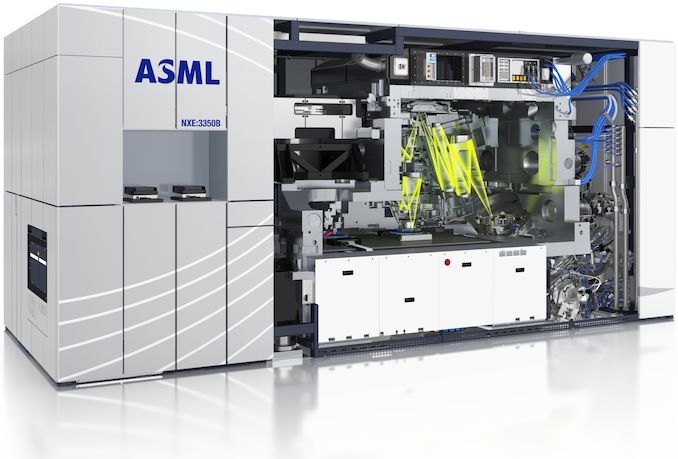
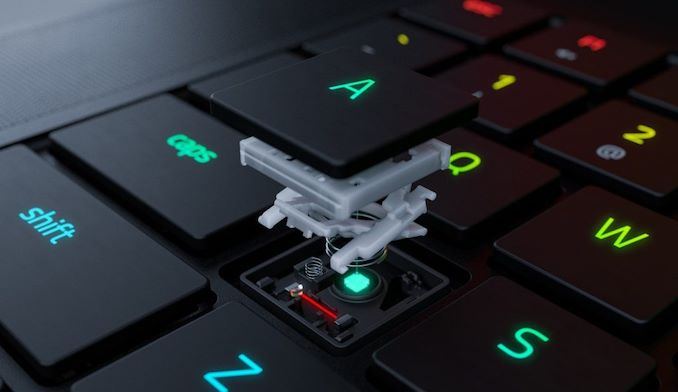
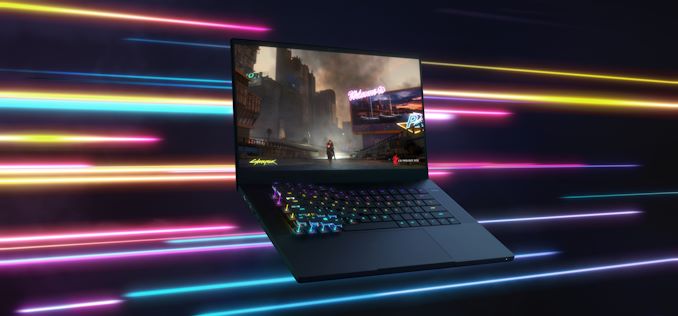
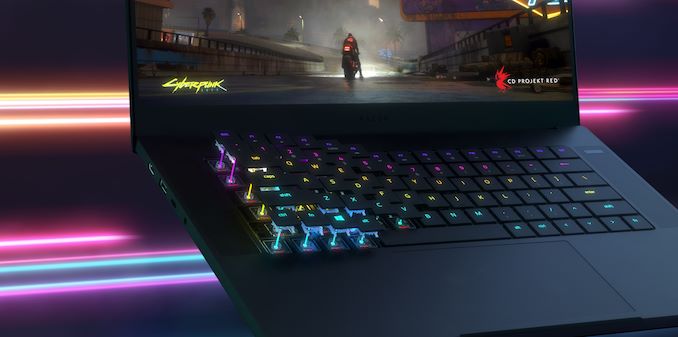
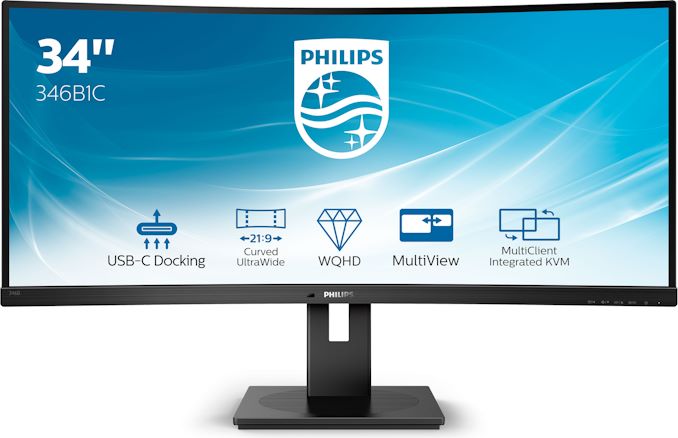

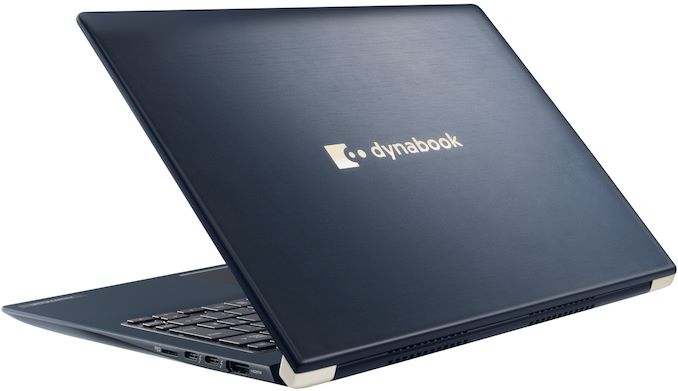
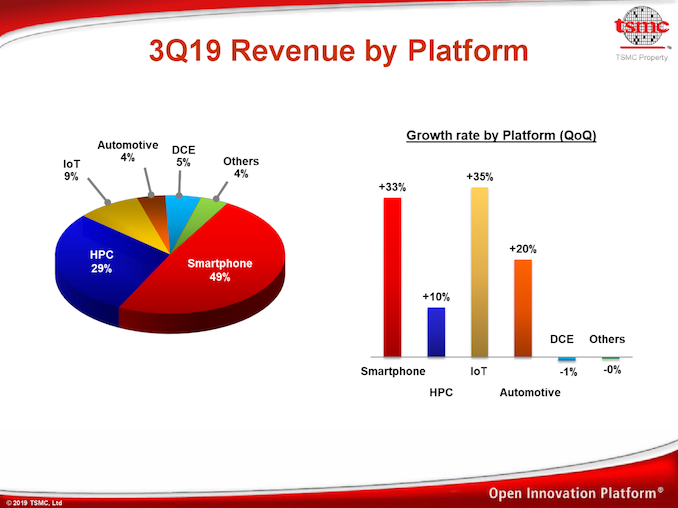
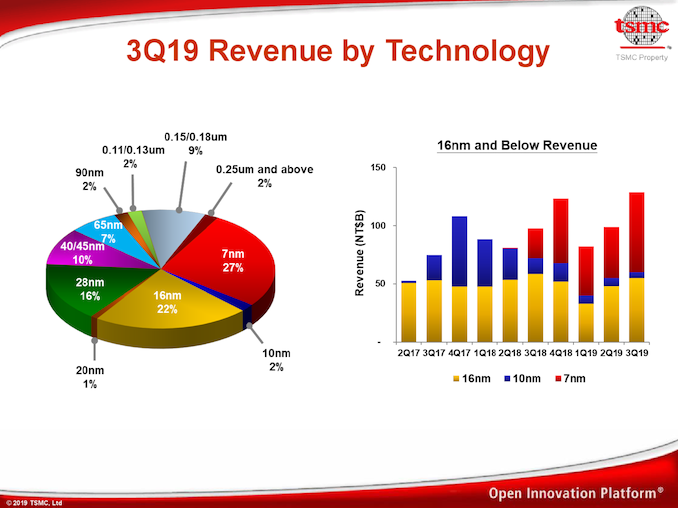


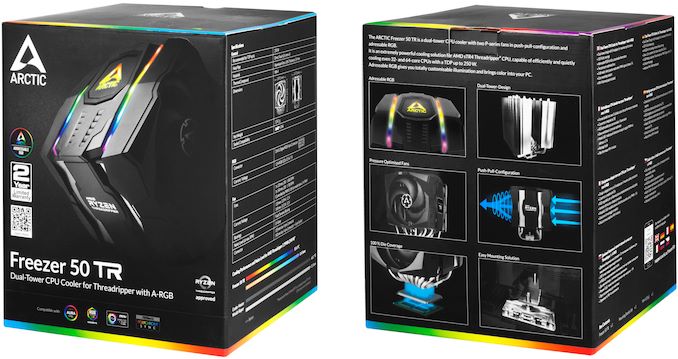
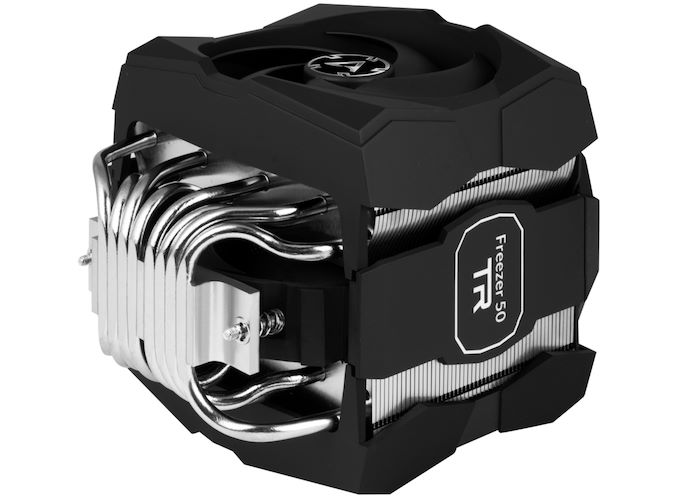

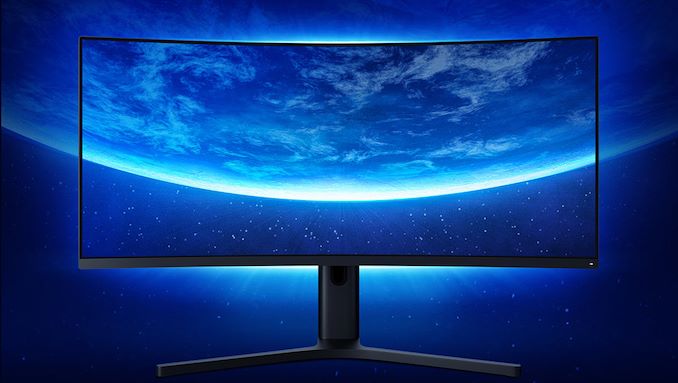
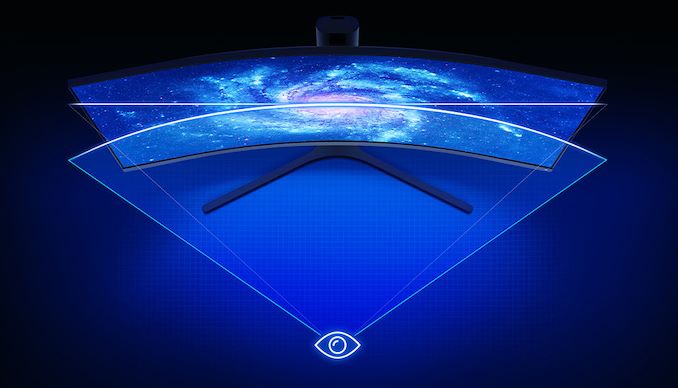
















Bookmarks